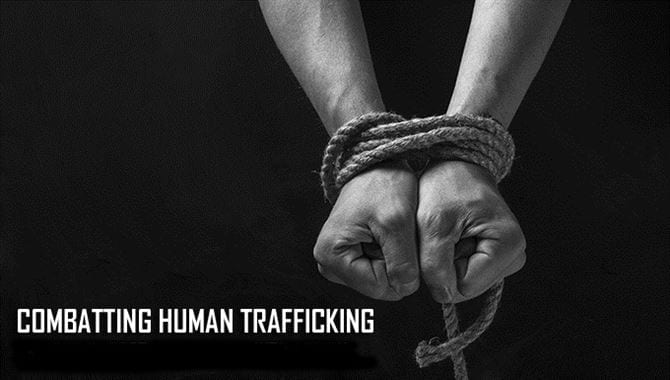Review: Governing Criminal Markets: The role of insurers in kidnap for ransom
By uctzrec, on 28 April 2017

U.S. Navy photo by Mass Communication Specialist 2nd Class Tony D. Curtis/Released
The issue of kidnapping for ransom often appears in the media, with certain high profile cases dominating the headlines for weeks. According to these cases, hostages are brutalized and regularly murdered to either send a political message or due to external environmental factors such as stress. However, Dr Anja Shortland, of King’s College London, argues differently. She claims through her extensive research on the subject that the majority of kidnapping for ransom cases end with the victim returning home safely. And all this is thanks to a stable and well governed private market.
Dr Shortland began her research ‘when [Somali] piracy was cool’ back in 2014. She was fascinated by questions revolving around the value of a human life and about how companies could interact with criminal organizations legitimately and safely. When she analyzed the effectiveness of private companies in recovering prisoners, she discovered a surprisingly high success rate. In fact, when foreign nationals or nationals working for multinational companies were kidnapped, 97.5% returned safely to their families. In the remaining 2.5%, hostages were mainly killed due to rescue or escape attempts. Therefore, it appears that the kidnap for ransom market is fairly stable and well governed.
One fascinating aspect of the kidnap for ransom business is the interplay between legitimate businesses and criminal enterprises. On the business side, insurers play a role in the governance of the market. In order to do so, they must accomplish certain tasks. First and foremost they must conduct successful resolutions to hostage incidents, i.e. family members must return home safely. However, they must do so by understanding the kidnapping risks in geographic areas, pricing policies accordingly and knowing the ‘average’ cost of a ransom. If firms can fulfill these requirements, they can play an important role in saving lives and providing valuable services.
Dr Shortland also addressed the issue when terrorist groups conduct kidnapping for ransom activities. Her research argues that private firms act as stabilizers in the market so long as ransom prices remain constant. Therefore, it is in the interest of the market and in the interest of the victims that firms pay the required ransom amount. This sum usually never rises above a few thousand US-Dollars (USD) and only in very rare circumstances will a group request and be paid over a million USD. However, this dynamic changes when the ‘terrorist’ label is introduced, usually by governments.
State involvement in the market is seen as counterproductive and even dangerous for several reasons. Given that the counterparty has changed from a private to a public organization, the stakes increase. Governments tend to be weak negotiators because they are myopic and in part regulated by public perception and the media. Essentially, while a private firm may be willing to conduct a relatively long negotiation (most kidnapping for ransom cases rarely extend more than a week or so), governments must deliver results in a short time frame and they must achieve success.
Furthermore, and more importantly, governments are not limited by a hard budget. This means that while a terrorist group may request a lower ransom, governments generally overcompensate to ensure the release of the hostages. While this is generally a positive outcome, overpaying destabilizes the market prices for hostages and can cause an increase in insurance premiums. This, in turn, can reduce coverage and result in more uninsured and consequently vulnerable employees that might be at risk of being kidnapped. Dr Shortland uses this argument to support her claims that private institutions are best suited to provide governance of the kidnapping for ransom market.
This academic work can help to understand market dynamics and provides some ideas of how public and private actors interact with each other. Furthermore, the field addresses issues of how legitimate and legal firms can maintain complex and working relationships with criminal and terrorist organizations. Shortland’s arguments provided a concise and detailed presentation of the research that she been conducting over several years. For any further information please read her numerous papers on the subject and keep your eye out for upcoming publications.
I am an American/Italian MSc student reading for a degree in Countering Organized Crime and Terrorism at the Jill Dando Institute. I like to think/write about the crime-terror nexus, organized crime in Italy and art crime. Contact: LinkedIn
The views expressed in this blog post are the author’s own and do not necessarily represent the views of UCL, the Department of Security and Crime Science or the UCL Organised Crime Research Network.
 Close
Close



